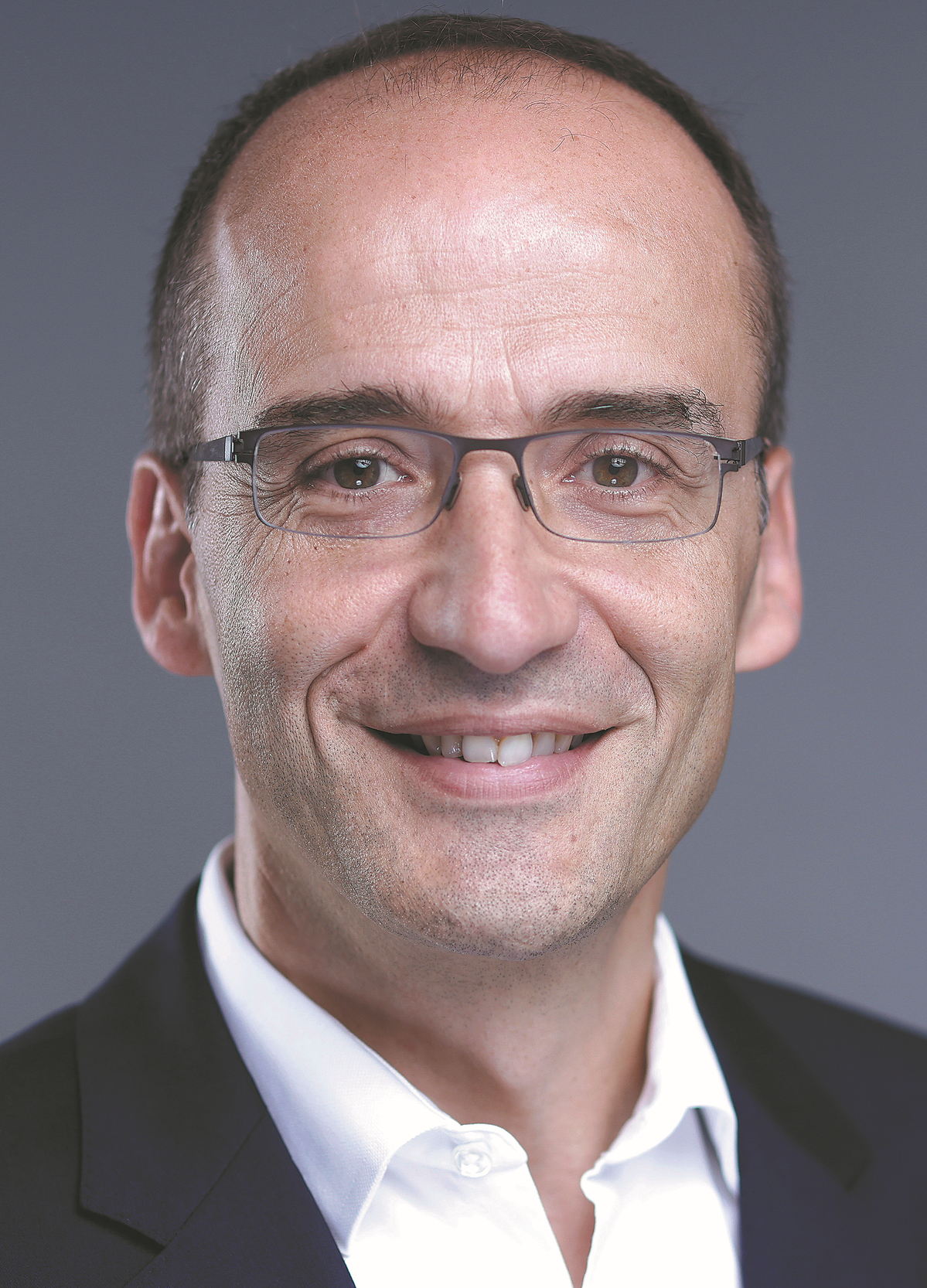Sanofi to push boundaries in vaccine innovation work
By ZHOU WENTING in Shanghai | China Daily | Updated: 2023-04-12 09:25

France-based pharmaceutical and healthcare company Sanofi aims to more than double its sales of vaccines globally by 2030 compared with 2018, said a senior executive of the company.
The company is committed to accelerating the launch of more innovative technologies and preventive solutions in the market to support the ambitions, said Thomas Triomphe, executive vice-president and head of vaccines at Sanofi.
"China has become one of the major growth drivers for our global vaccine business. We'll embrace the positive trends as the company has achieved high-speed growth in the market for four consecutive years," said Triomphe during his China visit last week.
The quadrivalent flu vaccine Vaxigrip was approved in China in February for pediatric indications. He said the company is accelerating the expansion of its adult indications.
Nirsevimab, the world's first broadly protective option against respiratory syncytial virus (RSV) designed for infants, has been granted the breakthrough therapy designation by the Center for Drug Evaluation of the National Medical Products Administration.
"I believe that the vaccine industry in China and worldwide is likely to ride a new wave of strong growth in the post-COVID-19 pandemic era," said Triomphe.
Apart from fields in which the company is already strong, it is exploring new disease areas and pushing the boundaries of potentially vaccine-preventable diseases, such as acne and chlamydia.
"By 2025, we aim to have 10 new vaccines in clinical trials, including six with mRNA technologies," said Triomphe.
He said the company is establishing an industry-competitive mRNA platform with its stakeholders to help reinvent health protection in the future. With the platform, Sanofi also aims to deliver next-generation mRNA flu vaccines.
China's vaccine market has great growth potential, he added, as the Chinese government has been continually raising public vaccination levels on the way to fulfill its Healthy China 2030 initiative.
"China's achievement in developing a robust public health system has been remarkable over the past years and vaccine use in the country has expanded largely.
"With local vaccine companies improving their technology, I believe the excellence in production, logistics and supply can further benefit the country in realizing high-quality development," Triomphe stated.
To better support the high-quality development of the local biopharmaceutical industry, Sanofi on April 4 signed a partnership agreement with Shenzhen's Pingshan district government in Guangdong province — a vibrant district in the Guangdong-Hong Kong-Macao Greater Bay Area.
"Under the agreement, we'll work on introducing more innovative products to satisfy the upgraded disease prevention needs of Chinese populations," he said.
Shenzhen is home to Sanofi's flu vaccine production plant built in 2007, the first and only foreign-owned vaccine production site in China. In 2021, the company inaugurated its Greater Bay Area International Vaccine Innovation Center in the city.
"We incubated a 5G smart vaccination clinic and intelligent unmanned vaccination cabin with local partners at the center in Shenzhen," said Triomphe.
Sanofi also cooperated with the Shenzhen Center for Disease Control and Prevention in developing a robust city immunization program with a three-year study on the impacts of vaccinations on school-age children and the elderly.
When influenza vaccination rates among school-age children in Shenzhen participating in the study increased from 42 percent to 76 percent, the vaccine could be an effective measure to slash the financial burden of hospitalization by 107 million yuan ($15.53 million).
It also reduced the risk of absences from school by 203,000 days and parents' absences from work by 210,000 days annually, according to the study result published two years ago.
























